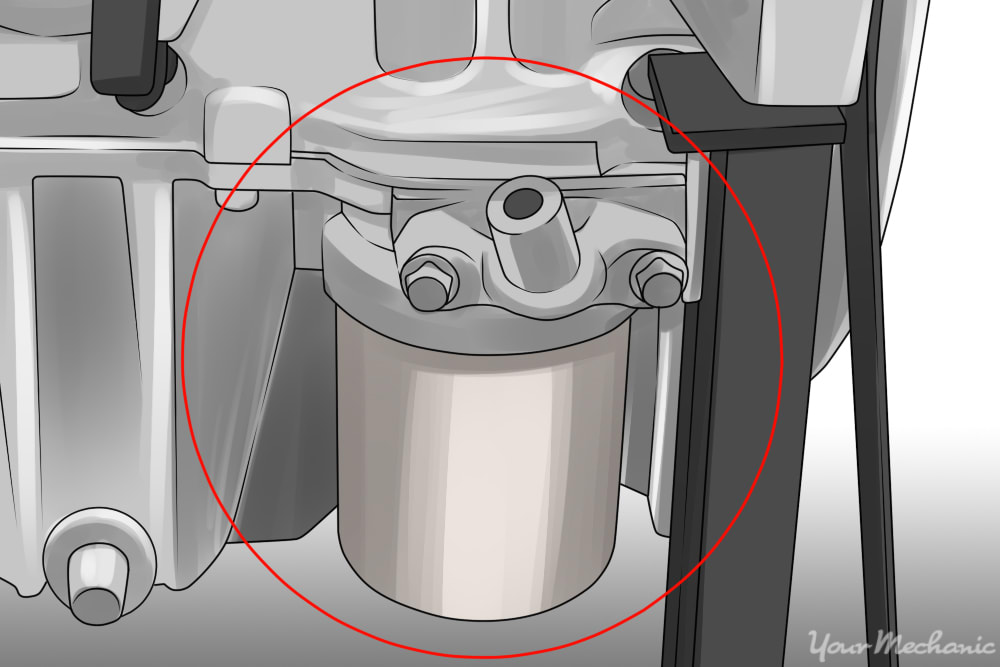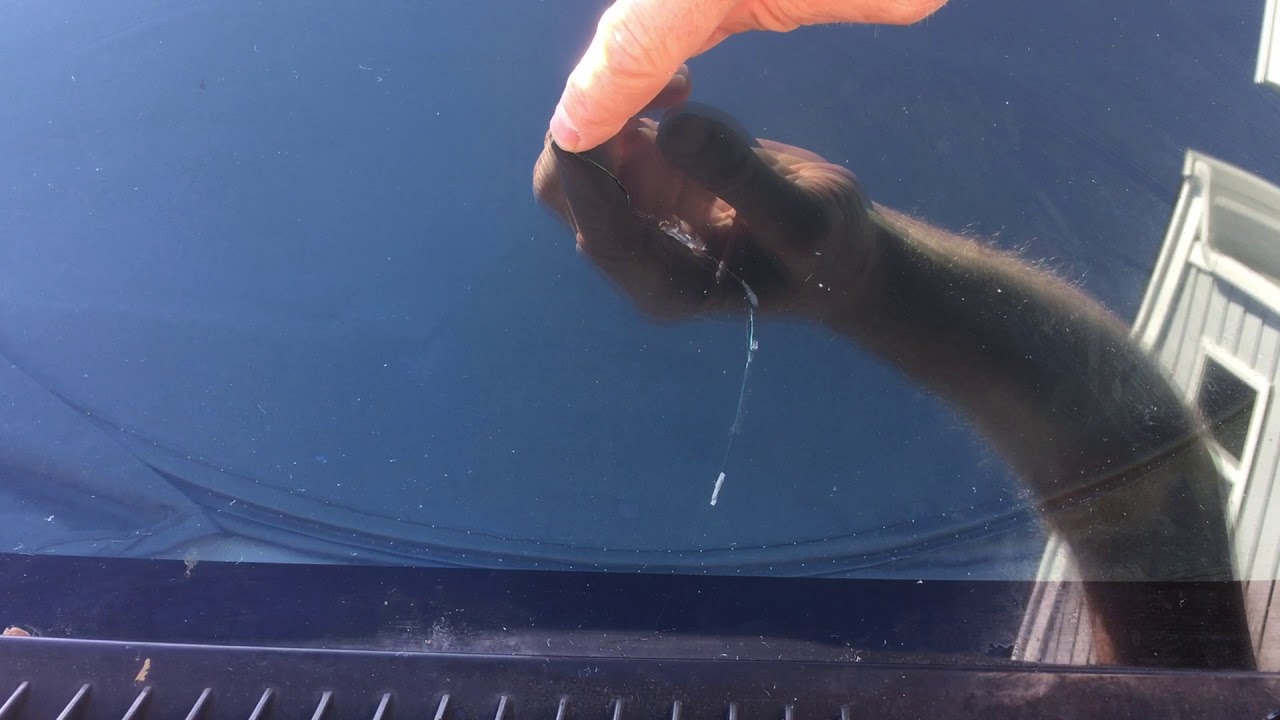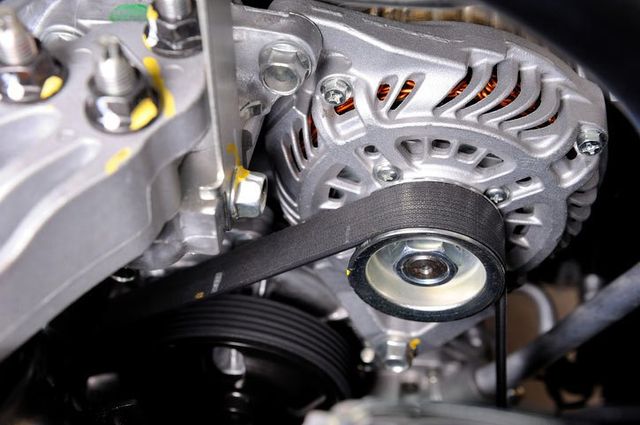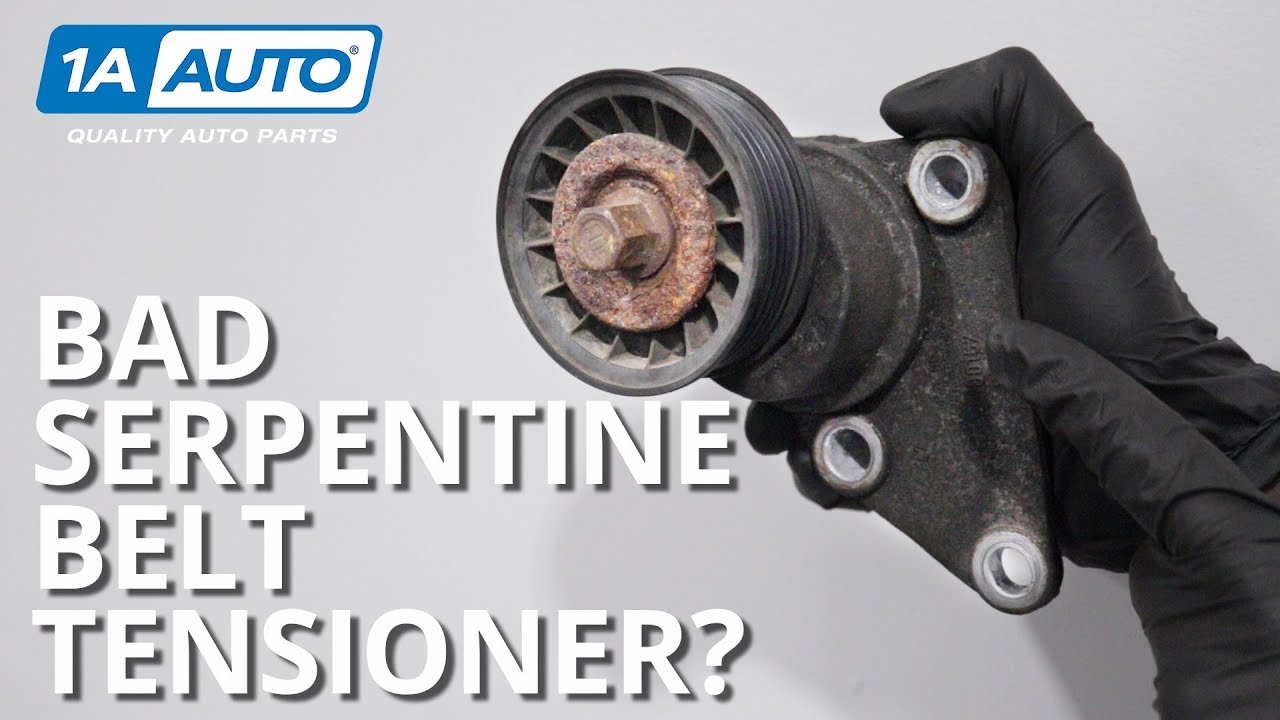How Long Does It Take to Replace an Oil Pressure Sensor
Replacing an oil pressure sensor typically takes about 20 to 60 minutes. A professional mechanic can perform this task more quickly.
Maintaining the health of your vehicle’s engine is crucial, and the oil pressure sensor plays a pivotal role in this. It monitors the oil pressure, ensuring that your car’s engine receives the right amount of lubrication. Over time, this sensor can fail, necessitating a timely replacement to prevent engine damage.
Opting for a professional service is advisable for a swift and accurate swap, ensuring your car is back on the road as soon as possible. A proper diagnosis should precede the replacement to confirm that the sensor is indeed the culprit. Vehicle owners should be aware of the symptoms of a failing oil pressure sensor, such as warning lights on the dashboard or unusual noises, to address issues promptly.
Introduction To Oil Pressure Sensor Replacement
An oil pressure sensor plays a vital role in monitoring your car’s engine health. It’s a small gadget, yet it keeps a watchful eye on oil pressure, ensuring everything runs smoothly under the hood. Recognizing symptoms of a failing oil pressure sensor is essential. Ignoring these signs might lead to costly repairs. Let’s dive into what this sensor does and how to spot trouble before it gets worse.
The Role Of An Oil Pressure Sensor
The oil pressure sensor is a key player in your car’s operation. It measures how well oil circulates through the engine. Without proper circulation, engines struggle and may even fail. This sensor safeguards the engine by alerting you when oil pressure drops so that you can act fast to prevent damage.
Symptoms Of A Failing Oil Pressure Sensor
- Warning Light: The dashboard oil light comes on despite adequate oil levels.
- Odd Noises: A ticking or clanking noise may develop, indicating low oil pressure.
- Engine Performance: A drop in oil pressure can cause lousy engine performance or stalling.
- Oil Leaks: Oil on the ground or around the sensor could signal a leak.
Spotting these symptoms early can mean a simple sensor swap instead of a major repair. A timely replacement takes a professional about one to two hours, depending on the vehicle model.

Credit: www.youtube.com
Preparation For Sensor Replacement
Replacing an oil pressure sensor is critical for maintaining your vehicle’s health. With the right tools and caution, it turns into a straightforward task. Discover what you’ll need and how to get started safely.
Tools And Materials Needed
Let’s gear up! Here’s what’s necessary:
- Oil pressure sensor socket or a deep socket set
- Wrench set for tight spots
- New oil pressure sensor specific to your vehicle
- Teflon tape to prevent leaks
- Gloves and clean rags
- Car manual for specific guidelines
Having these items ensures a smooth replacement process.
Initial Safety Precautions
Before delving in, prioritize safety:
- Park your car on a flat surface.
- Ensure the engine is cool to avoid burns.
- Use wheel chocks to prevent rolling.
- Disconnect the battery to prevent electrical issues.
- Wear safety gloves for hand protection.
These steps keep you and your vehicle safe.
Step-by-step Replacement Process
Replacing an oil pressure sensor is a vital task for maintaining your engine’s health. It’s a straightforward process that anyone with basic mechanical skills can do. Let’s dive into the steps needed to replace the oil pressure sensor efficiently.
Locating The Oil Pressure Sensor
First, locate the sensor on your vehicle. The oil pressure sensor is typically found near the engine block. You’ll see it mounted to the engine itself, or it may be close to the oil filter. For an exact location, refer to the vehicle’s manual. Note the sensor’s appearance: it often looks like a small plug with electrical wiring coming out of the top.
Removing The Old Sensor
- Turn off the engine and wait for it to cool down.
- Disconnect the car’s battery for safety.
- Locate and remove any components blocking access to the sensor.
- Unplug the electrical connector from the sensor.
- Using the correct socket, unscrew the old sensor.
- Take the old sensor out, being careful not to damage any threads.
Installing The New Sensor
Clean the area where the sensor will be installed. Ensure there are no debris or old thread tape. Apply thread tape or sealant if recommended by the manufacturer.
- Screw the new sensor into place by hand to avoid cross-threading.
- Tighten the sensor to the specified torque, using a torque wrench.
- Reattach the electrical connector.
- Reinstall any parts that were removed during the process.
- Reconnect the battery, and start the vehicle to check for oil leaks.
Test the sensor’s functionality by observing the oil pressure gauge. This final step ensures that your replacement was a success and your engine is monitoring oil pressure accurately.

Credit: www.carparts.com
Time Factors In Sensor Replacement
Understanding the time it takes to replace an oil pressure sensor involves several factors. These can include who performs the replacement and the specific car model involved. Let’s delve into these time variables to know what to expect during the process.
Professional Versus Diy
Having a professional handle the replacement means expertise and speed. Mechanics have the right tools and knowledge, turning this into a seemingly quick task – often completed within an hour. On the flip side, a DIY approach can save money but may take longer, especially for beginners. Those with experience and tools at hand might wrap up within two hours.
Complexity Of Different Car Models
The complexity varies with different car models. Some cars have sensors easily accessible, while others may require more time and dismantling. For example, compact cars might need less time compared to larger SUVs or trucks. The design and engine layout greatly influence the duration of this task.
| Car Type | Accessibility | Estimated Time (DIY) | Estimated Time (Professional) |
|---|---|---|---|
| Compact Car | High | 1-2 hours | <1 hour |
| SUV/Truck | Variable | 2-3 hours | 1-2 hours |
| Sports Car | Low | 3+ hours | 1-2 hours |
- Consider the location of the sensor; some areas might be tougher to reach.
- Review specific model guides or forums for tailored advice and time estimations.
Post-replacement Procedures
Once a new oil pressure sensor is in place, proper checks ensure everything runs smoothly. It’s not just a simple swap. Mechanics follow crucial steps for your vehicle’s optimal performance. This means looking out for oil leaks and sensor functionality right after the installation.
Checking For Leaks And Functionality
Technicians start the engine and observe. They check the area around the new sensor. This is to make sure there are no signs of oil leakage. A flashlight helps them see every detail clearly.
Next, the mechanic monitors the dashboard’s oil pressure gauge. A steady reading means the sensor works just right. If numbers fluctuate, further investigation is necessary.
Disposal Of The Old Sensor
Throwing away the old sensor is a no-no. It has to be disposed of properly and responsibly. Here’s a list of what a mechanic might do:
- Hand it over to a recycling center.
- Follow local laws regarding electronic waste.
- Ensure it doesn’t end up in a landfill.
Remember, the sensor contains materials that can harm the environment. It’s important to handle it with care.

Credit: www.yourmechanic.com
Frequently Asked Questions For How Long Does It Take To Replace An Oil Pressure Sensor
What Is An Oil Pressure Sensor’s Role?
The oil pressure sensor monitors the engine’s oil pressure, ensuring optimal lubrication. It signals if pressure falls below a critical threshold, prompting maintenance to prevent engine damage.
How Quickly Can A Sensor Replacement Be Done?
Replacing an oil pressure sensor typically takes between 20 to 60 minutes. The process duration depends on the mechanic’s expertise and the vehicle’s make and model.
Is Special Equipment Needed To Replace The Sensor?
No special equipment is required. Standard tools include a socket set, wrenches, and possibly an oil pressure sensor socket for easier access and removal.
Can Driving With A Faulty Sensor Cause Damage?
Yes, driving with a faulty oil pressure sensor can harm the engine. It could lead to inadequate lubrication and, ultimately, engine failure if not addressed promptly.
Conclusion
Replacing an oil pressure sensor can be a swift and simple task. Depending on your vehicle’s make and model, the entire process can take anywhere from 20 minutes to an hour. Always prioritize safety and precision to ensure your car runs smoothly.
For those less mechanically inclined, seeking professional help is a wise choice for optimal results.





